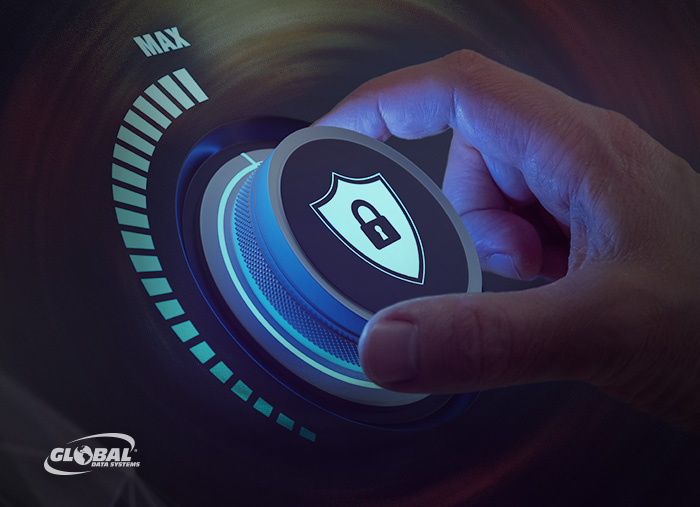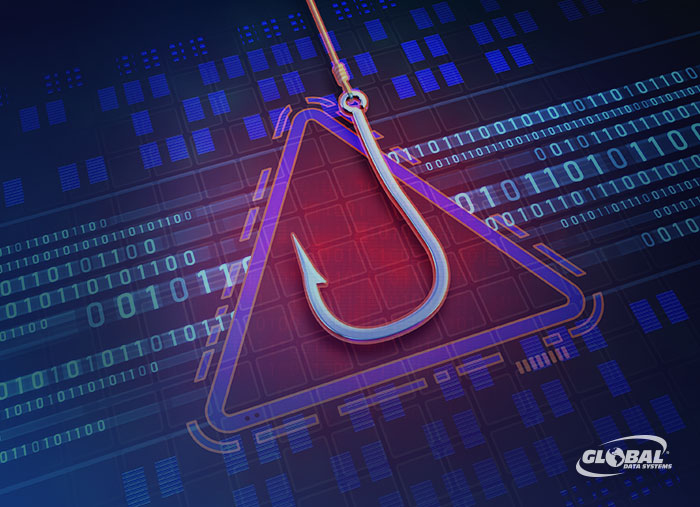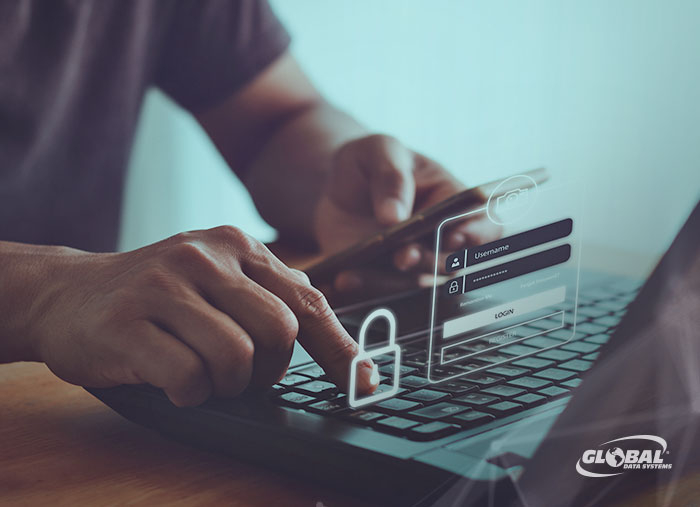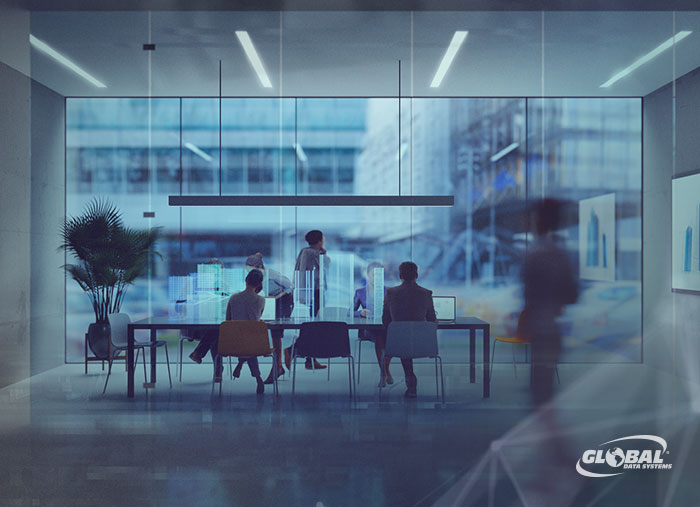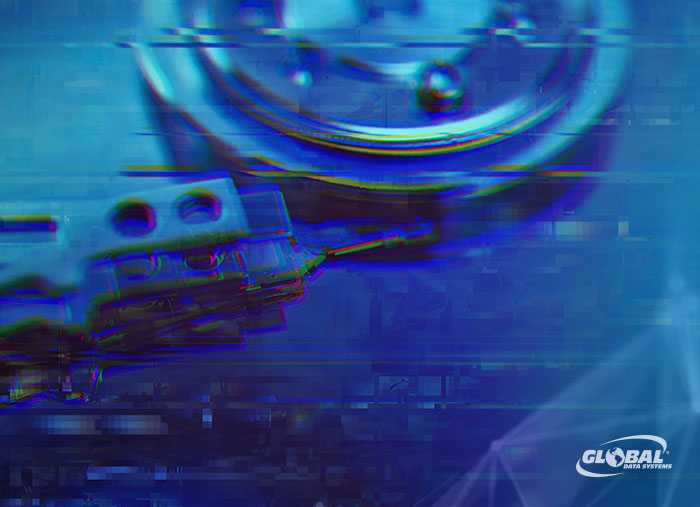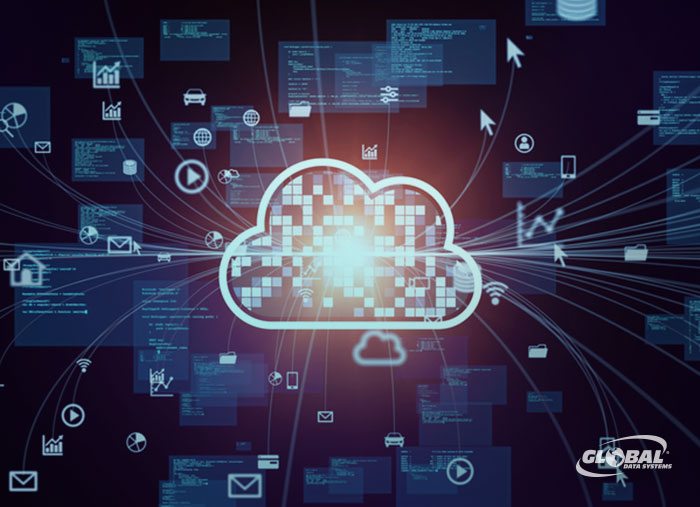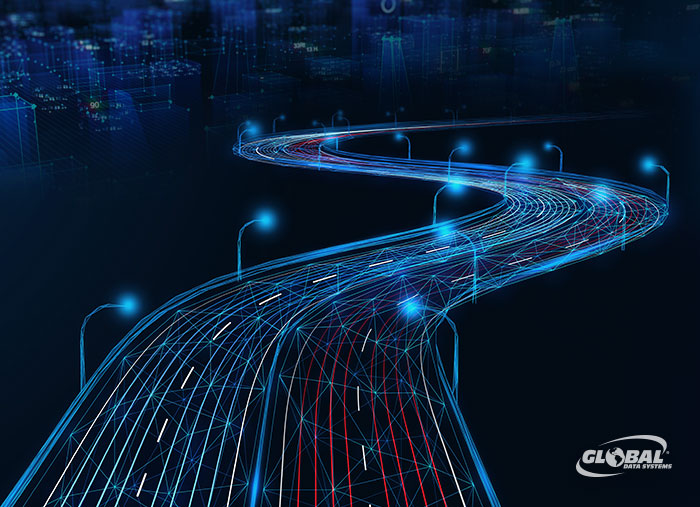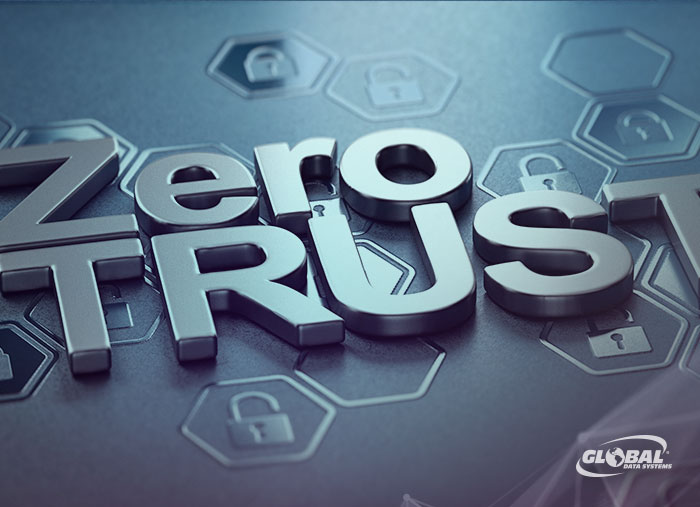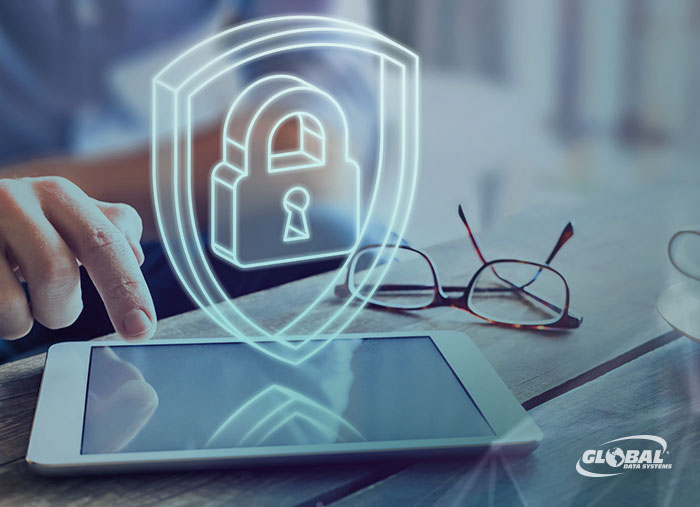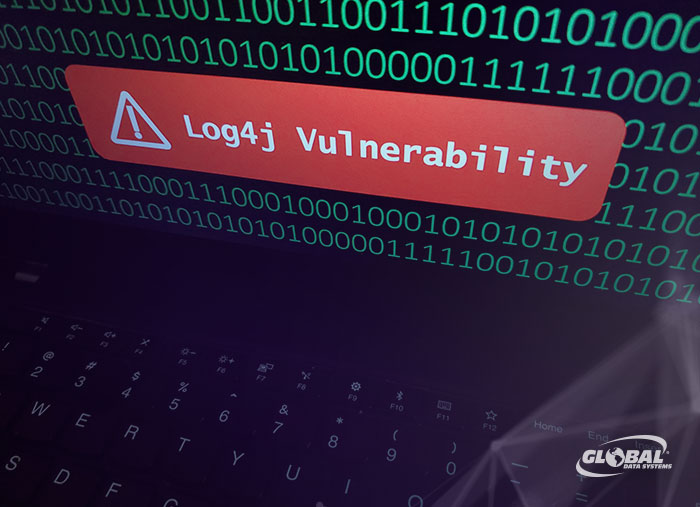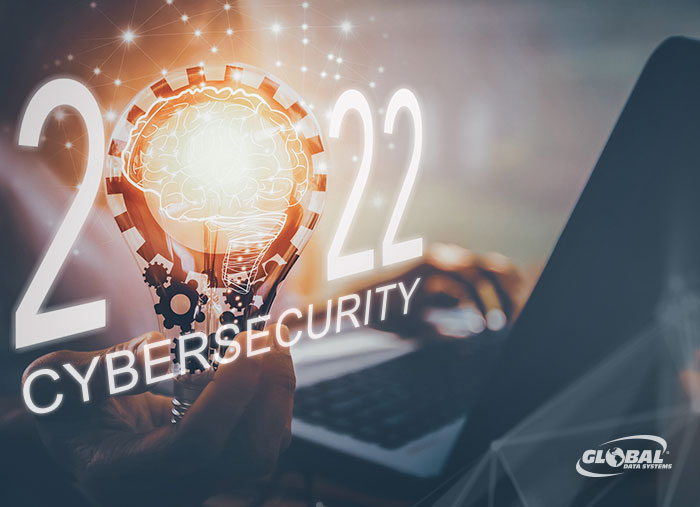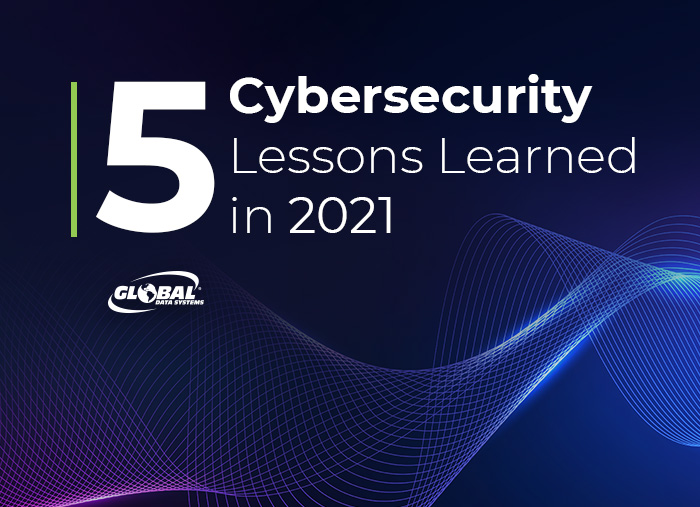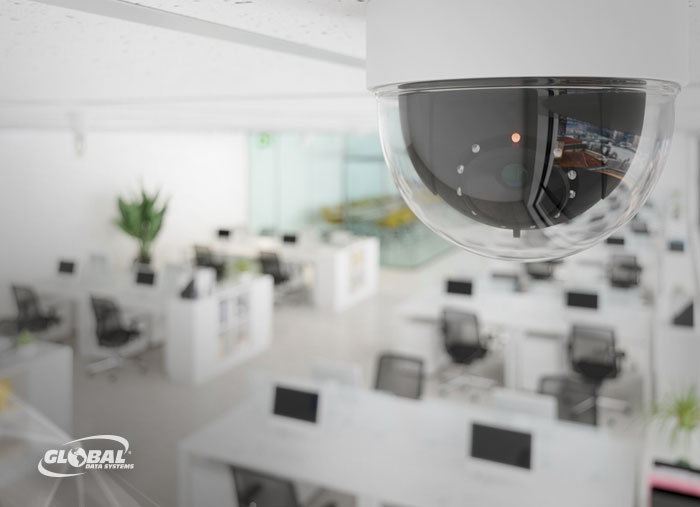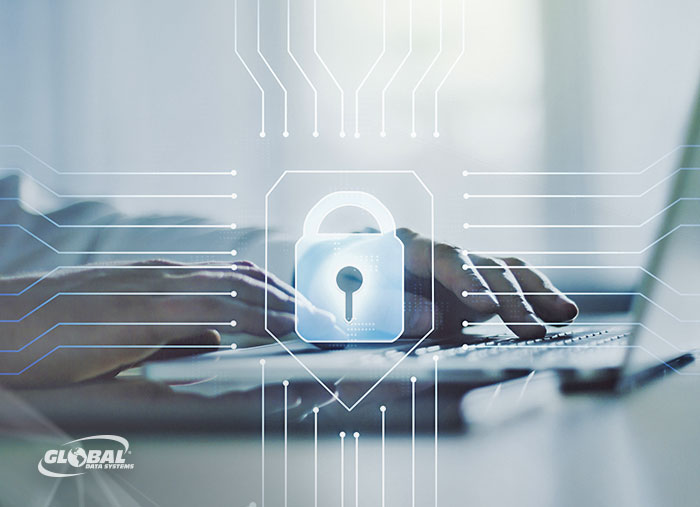Cybercrime has always represented an existential threat to businesses — many companies go out of business within six months after a data breach. Following a record year for ransomware and other cyberattacks, organizations worldwide are reassessing their cybersecurity plans, priorities and budgets.
“Curiosity killed the cat,” goes the old warning about being too inquisitive. An unusual new mobile phone phishing scam is apparently counting on victims to be a little too curious for their own good.
Penetration testing is a critical element of modern cybersecurity practices, designed to give you a hacker’s perspective of your network security controls. More than three-quarters of IT professionals say they rely on the practice to reveal security weaknesses.
The vast majority of organizations have embraced the idea of a hybrid work environment in which employees split their time between onsite and office work — 82 percent, according to one recent study. However, many are finding the transition is more difficult than they imagined.
The notorious SolarWinds hack that compromised more than 30,000 public and private organizations in 2020 was the “most sophisticated attack the world has ever seen,” according to Microsoft President Brad Smith. However, there was nothing sophisticated about the flaw that allowed the attack — a weak password (solarwinds123) that exposed the company’s update server.
Many organizations that adopted cloud contact center solutions over the past two years did so out of simple pragmatism — pandemic-triggered restrictions required a transition to remote operations. A happy byproduct of that move has been the pronounced modernization of contact center processes.
Security threats continue to escalate. From advanced hacks engineered by nation-state actors to more prosaic attacks using “as-a-service” malware, organizations face a constant barrage of threats to their IT infrastructure and data. Hackers continue to shift their strategies as they find new vulnerabilities.
Security threats continue to escalate. From advanced hacks engineered by nation-state actors to more prosaic attacks using “as-a-service” malware, organizations face a constant barrage of threats to their IT infrastructure and data. Hackers continue to shift their strategies as they find new vulnerabilities.
In concert with its military campaign in Ukraine, Russia is also apparently conducting sophisticated cyber warfare by targeting Ukraine’s government ministries and financial institutions with multiple strains of “wiper” malware. U.S. cybersecurity officials warn that these threats may eventually spill over to public- and private-sector organizations in this country.
High-profile security breaches are being reported in the news every week. Organizations in healthcare, energy, government and many other industry sectors are constantly targeted by cyberattacks.
The Internet of Things (IoT) has captured the imagination of businesses in almost every industry. It refers, of course, to the billions of network-connected devices that are capable of monitoring systems, capturing data and automating many tasks.
All signs suggest that businesses will continue to support hybrid and remote workstyles for the foreseeable future, but most IT leaders say it will require a significant shift in their networking philosophies. In particular, they expect accelerated adoption of software-defined WAN (SD-WAN) and secure access service edge (SASE) technologies to securely connect branch offices and distributed workforces with the cloud resources they need.
IT organizations are under constant pressure to optimize resources, increase efficiency, improve security and reduce expenses, but aging technology often gets in the way. It’s estimated that outdated systems make up nearly a third of the typical organization’s IT environment, which makes it extremely challenging to achieve the potential benefits of rapidly evolving technologies.
“Trust no one.”
That was one of the taglines for The X-Files, the popular science-fiction television series about FBI agents who investigate a series of bizarre, supernatural cases. It’s also becoming a mantra for modern network security.
“Maturity” might seem an odd word to apply to security. As attacks become more frequent and complex, organizations need the agility to respond to new forms of cybercrime. Old ways of thinking are seldom useful in the ever-changing world of IT.
Security analysts are alarmed about a bug in software few people know about — the Log4j logging utility for Java applications. In November, researchers identified a zero-day exploit that affected the Java version of the Minecraft video game. Hackers were able to trick Log4j into storing specific character strings that allowed them to take control of the compromised machine. The hackers could then execute malicious code remotely, spread malware or steal sensitive information.
Cryptojacking has surged in the last two years as the value of the cryptocurrency market has skyrocketed. There were more than 51 million cryptojacking attacks in the first half of 2021 alone, according to the SonicWall Cyber Threat Report. Many attacks go unreported.
Cybercriminals have accumulated a vast amount of personally identifiable information over the years. Almost any information you might want is available on the Dark Web, often for a relatively small fee. But according to the nonprofit Identity Theft Resource Center, fraudsters are shifting their focus from consumers to businesses.
In a previous post, we discussed five important cybersecurity lessons we learned in 2021. Growing numbers of endpoints used outside the security perimeter have created significant new risks. Cloud misconfigurations are also a leading source of security threats, and protecting data across the extended environment is increasingly difficult. Users need more effective training so that they understand their cybersecurity responsibilities, and organizations are struggling to hire enough security experts to meet their needs.
With the shift to remote and hybrid workstyles, organizations are relying on technology more heavily than ever to link users, applications and data. This has given malicious actors new ways to gain unauthorized access to the network.
The demand for video surveillance technology continues to increase as organizations seek to protect critical infrastructure and provide a safe, secure environment for employees, customers and guests. Operators of office buildings, hospitality venues, retail establishments, hospitals and schools are implementing video surveillance solutions to protect against a variety of risks — from physical violence to theft and fraud. Surveillance solutions are also being deployed as part of “smart cities” projects.
Despite the widespread adoption of cloud platforms and services, organizations continue to maintain mission-critical applications in onsite data centers. IT teams need the ability to remotely monitor on-premises equipment to optimize performance, troubleshoot problems, and take proactive measures to prevent downtime and business disruption.
Despite record levels of cybersecurity spending in 2021, senior IT leaders remain pessimistic about their organizations’ overall security posture. Nearly 80 percent of those polled recently by IDG said their organizations aren’t adequately protected against increasingly sophisticated cyber threats.
Ransomware attacks have skyrocketed. An IDC study found that approximately 37 percent of organizations have fallen victim to some form of ransomware. Phishing, denial of service attacks and cryptojacking are also on the rise, with damages related to cybercrime expected to exceed $6 trillion globally in 2021.
With the rollout of 5G networks moving at a rapid pace, major wireless carriers are phasing out their old 3G technology. Verizon plans to sunset its 3G network on Dec. 31, 2021, while AT&T will turn off 3G sometime in February 2022. T-Mobile will shut down the 3G network purchased from Sprint on Jan. 1, 2022, and its own network sometime in April 2022.
Infrastructure improvements, expanded cloud adoption, enhanced cybersecurity and advanced analytics are expected to be among the top IT priorities in 2022 as companies around the world continue to refine their visions of the future of work. Gartner analysts expect IT budgets to grow by 3.6 percent — the fastest rate in more than 10 years.

